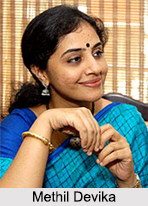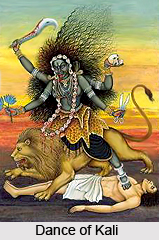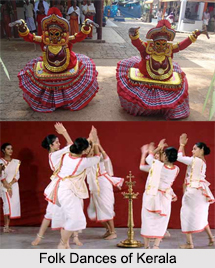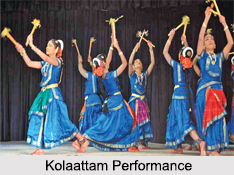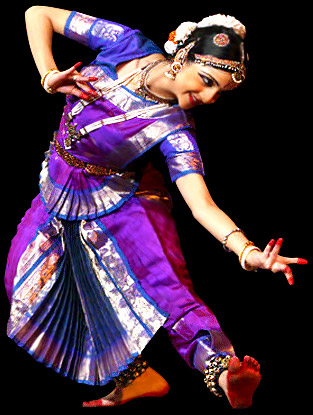 Adavu is the fundamental dance unit of Bharatnatyam. It is a combination of 3 units: Sthana, Chari and Nritta Hastha. This classical dance form employs the human body as a medium to communicate the creative expressions. Every part of the human body is used in Bharatnatyam. Every main limb (anga), minor limb (pratyanga) and subsidiary limb (upanga) of the human body is harnessed for expressing the themes expressed through the dance. This is called Angika abhinaya. As far as adavu is concerned, it uses all the human body parts. The body is trained along with the mind. Thus both achieve a oneness and work in harmony. These are categorised as Nritta, composed of two major components: tala and laya.
Adavu is the fundamental dance unit of Bharatnatyam. It is a combination of 3 units: Sthana, Chari and Nritta Hastha. This classical dance form employs the human body as a medium to communicate the creative expressions. Every part of the human body is used in Bharatnatyam. Every main limb (anga), minor limb (pratyanga) and subsidiary limb (upanga) of the human body is harnessed for expressing the themes expressed through the dance. This is called Angika abhinaya. As far as adavu is concerned, it uses all the human body parts. The body is trained along with the mind. Thus both achieve a oneness and work in harmony. These are categorised as Nritta, composed of two major components: tala and laya.
Adavus in Ancient Treatises
Adavus have been mentioned in various treatises of ancient India. For instance in both Koothanool (Tamil book on Dance) written by Saathanar and Sangita Muktavali by Devendra, one finds the mention of Adavu. Another reference to it is in Sangeetha Saramritham composed by the Tanjore King, Tulaja (1729-1735).
Types of Adavus
There are several types of Adavus. Each group has its separate rhythmic syllable which is reduced while practicing the adavus. Most of the adavus are performed in `aadhi taalam` (eight counts) or `rupaka taalam` (six counts). The combination of adavus can be set in any specified tala in a dance performance. However, except a few exceptions, Adavus are generally performed in Araimandi (half seated position).
Practice of Adavus
While practicing the adavus, a regular pattern needs to be followed. The adavus are practiced in the following kaalas or speeds:
* Prathama or Vilambita (slow speed)
* Dwitiya or Madhyama (medium speed)
* Tritiya or Dhurika (fast speed)
As mentioned in the Natyashastra, the Adavus have the same composition as the Karana. However, they are not similar to the karanas. Though the origin of the Adavus remains shrouded in mystery yet when performed with the Angashudha, these are a visual treat to witness.
This article is a stub. You can enrich by adding more inform ation to it. Send your Write Up to content@indianetzone.com
